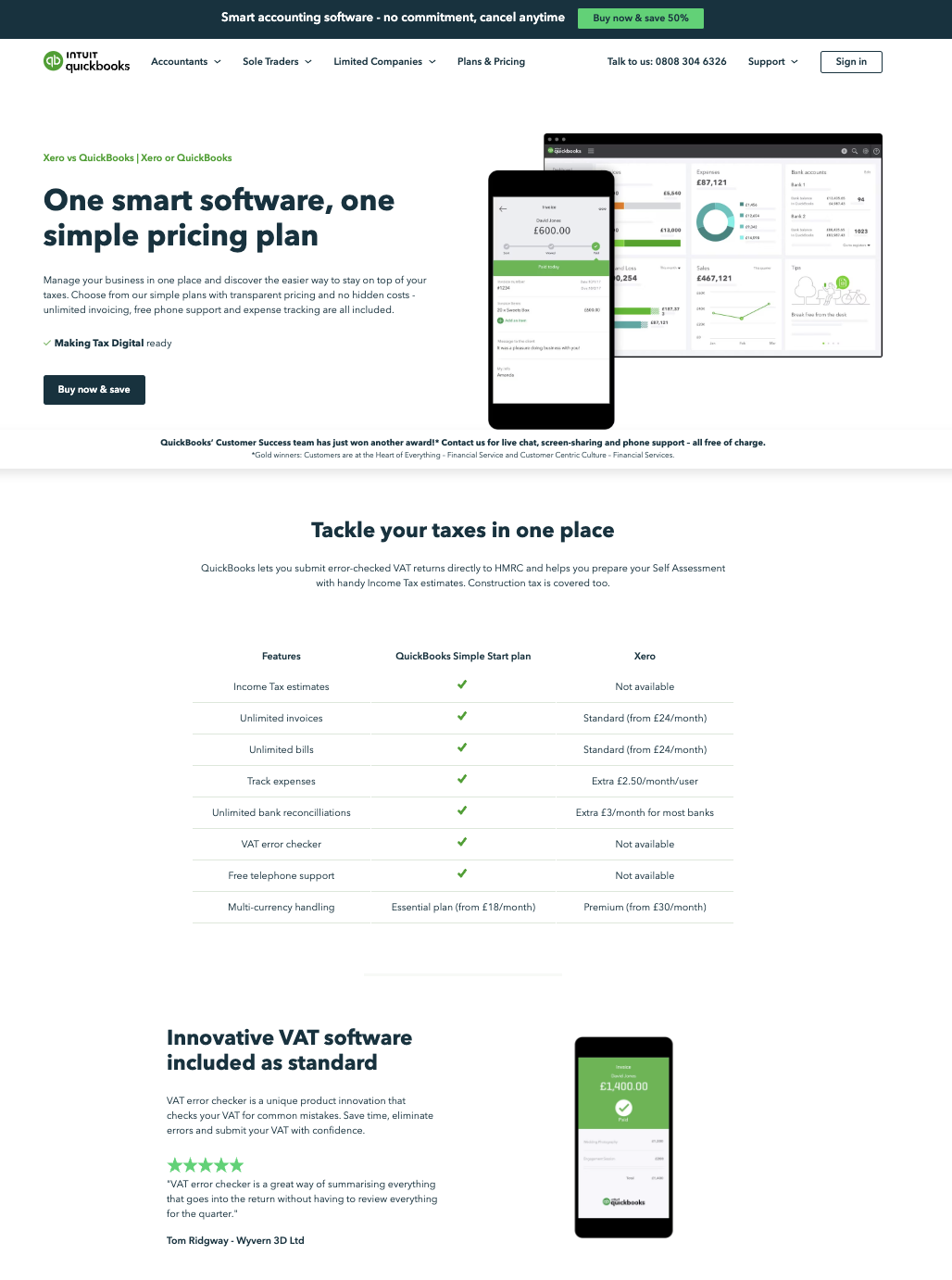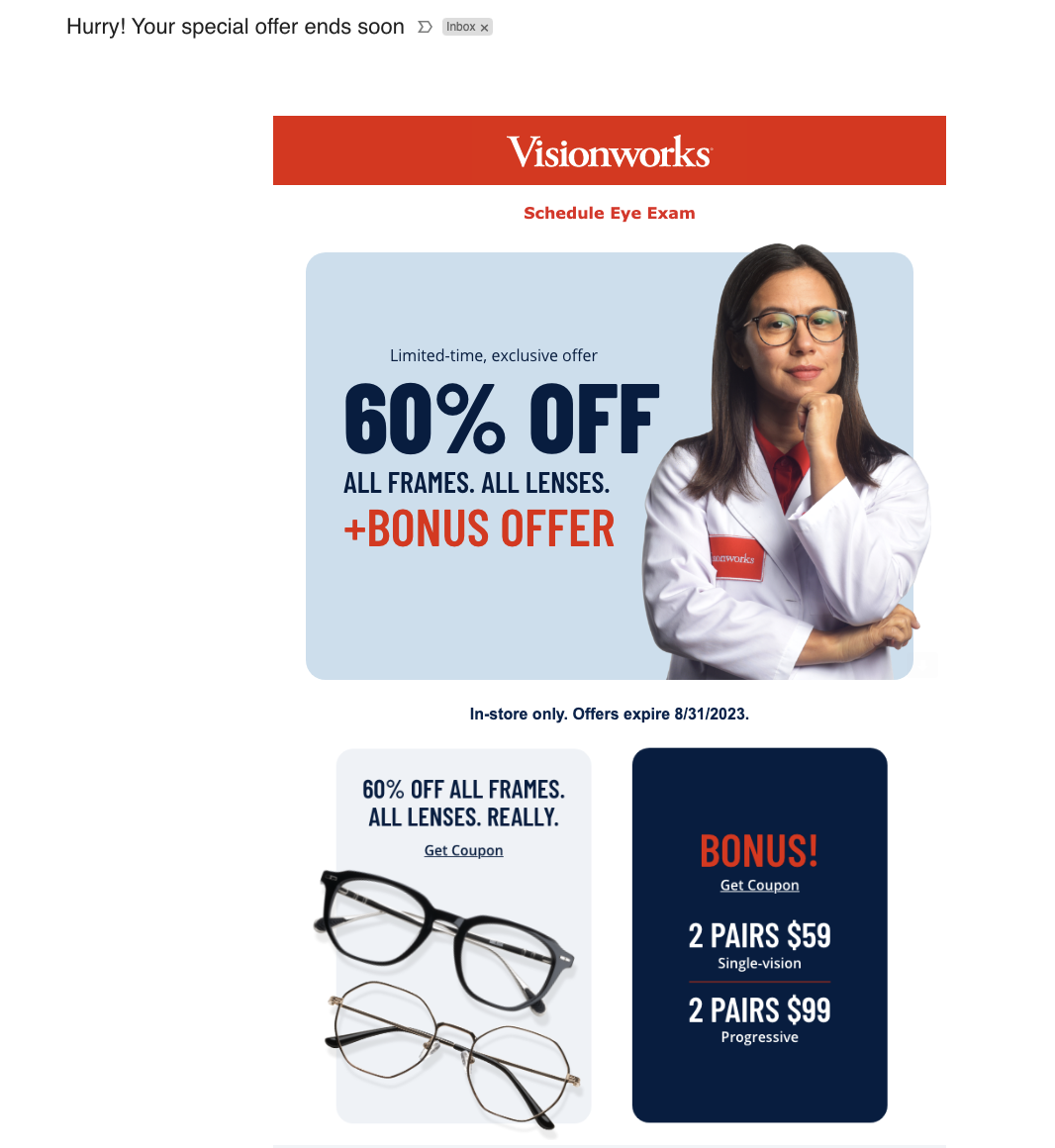Sales funnel 101: A complete guide

Time to read: 8 minutes
Understanding how your customers move through the sales funnel is integral for improving your customer acquisition and retention efforts.
However, before you can conceptualize how potential leads become paying customers (and eventually, brand advocates), you need to understand each sales funnel stage.
Let’s explore the three stages of the funnel, including sales funnel examples that help increase conversions and improve revenue.
What is a sales funnel?
A sales funnel is an illustrative model of the most straightforward journey a potential customer could take to conversion. It’s referred to as a funnel because it describes the shape of the customer journey.
Picture an actual funnel. It’s widest at the top and narrowest at the bottom. Now, think about the customer journey. Your organization sources the most leads at the start of the customer journey, which is why the top of the sales funnel is the widest. As your sales process becomes more focused—and potential leads narrow down their options—the body of the sales funnel begins to narrow as well. The more the sales funnel narrows, the more targeted sales efforts become.
The funnel consists of three stages, which best conceptualize how a narrowing in the sales funnel represents a shift further along the customer journey:
- Top of the funnel (TOFU)
- Middle of the funnel (MOFU)
- Bottom of the funnel (BOFU)
Once you understand how your customers interact with the various sales funnel steps, you can hyperpersonalize your sales efforts to target leads based on their sales funnel stage. Here’s how to laser-focus on each funnel step.
Sales funnel stages
To ramp up your customer acquisition and retention rates, it’s vital to understand what leads think, search, and read at each of the sales funnel stages. This knowledge allows you to craft purposeful campaigns on the sales channels with the highest propensity to convert.
1. Top of funnel
The top of the funnel is the start of the customer journey. Potential leads at this sales funnel stage are likely aware of a problem, meaning they’ve recognized something in their work or personal life that requires a solution. However, these leads typically have low brand awareness.
Prospects with low brand awareness have either never heard of your company and the products or services you sell or are familiar with your business name but have no idea what problems you solve (or how it’s relevant to them).
If you picture this sales funnel step on a linear customer journey, it would resemble the stages between initial awareness and discovery. In other words, leads at the top of the sales funnel are at the beginning of the sales process. This means two things:
- The top of the sales funnel has the most leads.
- The leads at the top of the funnel are not all qualified.
For sales and marketing teams, the top of the funnel is the time to spread awareness about who your brand is and the problems you solve to position your solution as the top contender. It’s also the time to eliminate unqualified leads.
By understanding how prospects land at the top of your sales funnel and assessing the types of resources they access, you can fine-tune your messaging to target qualified, ready-to-buy leads.
What customer intent at the top of the funnel looks like
Customer intent refers to the purpose behind an action that a prospect takes along the path to purchase. In the sales funnel, the prospects at the top of the funnel likely landed there because of informational intent. These prospects have just begun the customer journey and typically want to learn more.
What consumer searches at the top of the funnel look like
Because most prospects at the top of the funnel have informational intent, you can assume they conduct research with more general keywords. Top-of-the-funnel searches typically include discovery questions, basic definitions, and broad queries.
For instance, TOFU searches for prospects first researching an SMS solution might look like:
- What is SMS?
- What are the benefits of SMS?
- What is an SMS solution?
What content marketing for the top of the funnel looks like
The top of the sales funnel is ideal for educating prospects and positioning your brand as a primary solution. When done correctly, you can intercept the customer journey before the prospect researches an alternative solution.
How do you position your brand as a top contender? With engaging content that answers common TOFU search queries and assembles an informational foundation for prospects to understand the relevancy and product fit of your solution.
Content to generate and retain leads at the top of the sales funnel can include:
- Detailed product or service pages
- Informative blog posts
- Paid social media posts
- Captivating infographics
- Relevant search engine ads
- And more
2. Middle of funnel
The middle of the funnel represents prospects who have embarked on the interest and engagement steps of the customer journey. At this point of the sales process, customers have begun to gain interest in your product or service, leading them to actively engage with your content. Engagement at the middle of the funnel can include interacting with paid ads or contacting your sales team.
Now that you’ve captured their attention, it’s time to nurture your leads. This means increasing your educational content. Craft materials that focus on product benefits unique to each prospective customer and their use case. Incorporate defined buyer personas or ideal customer profiles to better tailor your marketing messages.
Better yet, meet your customers where they are to hyperpersonalize your campaigns. With contextual interactions powered by Twilio Flex, you can create click-to-message entry points on ads and paid search results that directly connect prospects with live support. From here, you can analyze elements like MOFU intent and frequent searches to drive home a sale without ever needing to take a hard-sell approach.
What customer intent at the middle of the funnel looks like
Middle-of-the-funnel leads have flowed from the top of the sales funnel and, in that time, have defined their problem and identified potential solutions. At this point, they begin to compare brands using two types of customer intent: navigational and commercial. They want to learn more about specific solutions directly from vendors or brands.
Prospects at the middle of the funnel intend to make a purchase but require a bit more confidence before making a conversion.
What consumer searches at the middle of the funnel look like
Because prospects at the middle of the funnel have an idea of what they want, their search queries are typically more targeted. Prospect searches at this funnel step are likely to be more product- or service-driven and might include specific brand names.
Continuing with the above SMS example, MOFU prospects might search for terms like:
- SMS or MMS for business
- Top SMS provider
- Twilio Messaging
What content marketing for the middle of the funnel looks like
Middle-of-the-funnel content marketing should help create a better customer journey. What we mean by this is that your MOFU content should highlight your product differentiators and explain your use cases so well that prospects don’t need to keep researching—they have the confidence to complete the purchase.
Content to give MOFU leads the confidence they need to convert includes:
- Frequently asked question pages
- Vendor or product comparison articles
- Interactive webinars and workshops
- E-books and white papers
- Knowledge bases or libraries
- And more
3. Bottom of funnel
The bottom of the funnel represents prospects who have entered the decision and purchase stages of the customer journey. Leads who stick around until the bottom of the funnel have a clear interest in your brand. All you have to do is win their business, eliminating any of their barriers to purchase. For some customers, product price may be a barrier. Others may be concerned about product features.
Segment your BOFU leads by online behavior and buying habits to discern what stands in the way of a purchase. Then, create content or relevant offers to eliminate those hurdles.
But remember, your work isn’t over once a prospect makes a purchase. When prospects convert, they remain at the bottom of the funnel—but this time, the goal is customer retention and brand advocacy.
For these reasons, the bottom of the funnel is arguably the most important of the three sales funnel steps.
What customer intent at the bottom of the funnel looks like
Leads who land at the bottom of the funnel are close to making a buying decision and actively comparing the solutions that best fit their pain points, objectives, and budget. These prospects have begun researching with commercial and transactional intent.
In other words, they are ready to purchase a specific product or service.
What consumer searches at the bottom of the funnel look like
Searches at the bottom of the funnel are more targeted than MOFU searches. You can anticipate prospects seeking specific product pages or content that offers incentives.
Rounding out the above SMS example, BOFU search terms may include:
- SMS free trials
- Twilio pricing
- Twilio free demo
What content marketing for the bottom of the funnel looks like
As you can tell by the above search queries, prospects at the bottom of the funnel are ready to make a purchase. These ready-to-buy leads are in search of something extra to finally purchase, whether extra confidence in your brand, extra cost savings, or extra urgency to make a decision.
Content that gives BOFU prospects the little bit of extra they want typically includes:
- Case studies and testimonials
- Custom service estimates
- Online savings calculators
- Individualized sales calls
- Video demonstrations
In the case of current customers, BOFU content can also help measure the customer experience, such as satisfaction surveys.
Sales funnel examples
Below are sales funnel examples from various industries to show you how organizations worldwide activate and maximize the sales funnel.
TOFU: Zoho paid ads

Zoho is a cloud software provider that specializes in customer and lead relationship management and content marketing.
In the above example, you can see how Zoho taps into top-of-the-funnel search traffic with paid ads for queries like “lead management software.” This is a broad query you can likely expect from prospects just beginning the customer journey. By appearing at the top of search engine results pages for this query, Zoho helps to boost brand awareness and build consumer confidence with copy like, “the #1 CRM for SMBs.”
To do more with this ad, Zoho could include click-to-message functionality directly from the SERP. With a tool like Twilio Flex, it could offer live assistance as soon as a prospect clicked on the Zoho ad or placement in search results.
MOFU: QuickBooks comparison page

Most of us are familiar with both QuickBooks and Xero, two of the top accounting software solutions.
An example of effective middle-of-the-funnel content is the QuickBooks product comparison page. The page stacks QuickBooks features directly against Xero features, alongside positive user testimonials that build consumer confidence in QuickBooks.
Not to mention the page is chock-full of calls to action like “Buy now & save” to help encourage middle-of-the-funnel leads to enter the bottom stage.
BOFU: Visionworks email marketing

Visionworks is a national eyewear retailer. The sales and marketing teams at Visionworks often serve double duty, attracting new leads and retaining past customers.
One great example of how Visionworks retains customers is this bottom-of-the-funnel email marketing campaign. The subject line (“Hurry! Your special offer ends soon") has the extra urgency some customers need, and it pairs with not one, not two, but three promotions. The benefits of booking an appointment are crystal clear.
To help fortify its retention efforts, Visionworks could use a tool like Twilio Flex to enable frictionless outreach. Flex Conversations allow enterprises to connect with prospects where they are—whether by phone, text message, or chat—without ever switching apps.
Engage customers along the sales funnel with Twilio Flex
Now that you've read everything you need to know about sales funnel 101, including the three sales funnel steps, it's time to act. Twilio Flex helps you nurture customers along the sales funnel, no matter their current stage.
Plus, you can add Twilio click-to-call or click-to-text features to your current lead management system and personalize sales efforts from the start. With Twilio Flex, engaging customers along the sales funnel can become a staple in your sales cycle.
View an interactive demo today to learn more. Get started today for free.
Related Posts
Related Resources
Twilio Docs
From APIs to SDKs to sample apps
API reference documentation, SDKs, helper libraries, quickstarts, and tutorials for your language and platform.
Resource Center
The latest ebooks, industry reports, and webinars
Learn from customer engagement experts to improve your own communication.
Ahoy
Twilio's developer community hub
Best practices, code samples, and inspiration to build communications and digital engagement experiences.

